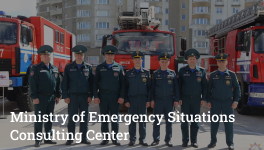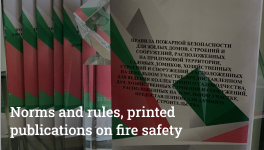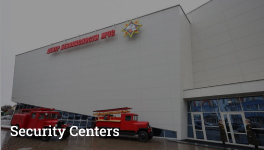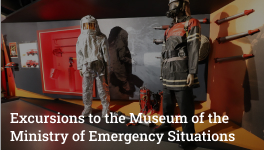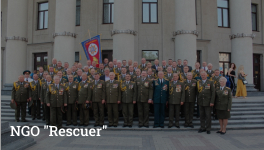General Information about the System of Nuclear and Radiation Safety in the Republic of Belarus
The system of nuclear and radiation safety in the Republic of Belarus is characterized by the following features:
-
centralized State policy (its foundations are determined by the President of the Republic of Belarus, who also makes the most important decisions, such as on the location, design, construction, commissioning, extending the operation life, limiting the operation, and decommissioning of nuclear power plant or its unit, on the republican authority or any other State organization in charge of the nuclear power plant, etc.);
-
strict compliance with the requirements of IAEA to ensure nuclear and radiation safety;
-
licensing the activities related to the use of nuclear energy and the management of ionizing radiation sources;
-
strict control and surveillance over nuclear materials and ionizing radiation sources;
-
independence of the state regulation, control and surveillance in the sphere of nuclear and radiation safety from the public administration in the sphere of using nuclear energy and ionizing radiation.
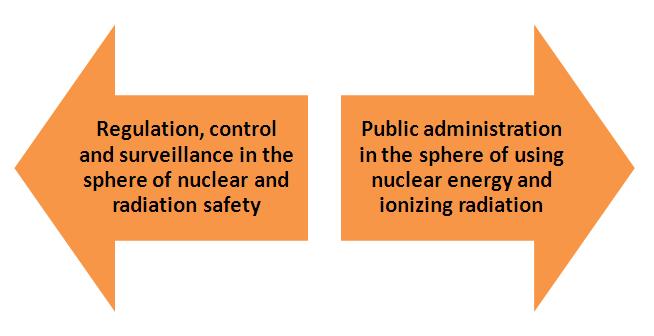
Basic principles
The use of nuclear energy in the Republic of Belarus is based on the following principles:
-
supreme priority among all the aspects of atomic energy use is given to protection life and health of the present and future generations of citizens and protection of the environment;
-
ensuring that the benefits for citizens and the society from use of atomic energy reliably exceed over the harm that may be caused by the activities connected with its use;
-
ensuring nuclear and radiation safety;
-
compensation for the damage caused by the harmful effects of ionizing radiation or activities connected with the use of nuclear energy;
-
providing comprehensive, accurate and in-time information about the activities connected with the use of nuclear energy unless this information contains state secrets, or is classified;
-
banning the production of nuclear weapons and other nuclear explosive devices.
The basic principles of radiation safety practices are:
-
principle of rationing – monitoring the individual doses of citizens from all ionizing radiation sources within permissible limits;
-
justification principle - prohibition of all the activities connected with the use of ionizing radiation in cases when the benefits for individuals and the society do not exceed the risk of possible harm caused by the radiation exposure above the natural background radiation;
-
optimization principle - maintaining the lowest possible level of individual doses and the smallest number of exposed individuals while using ionizing radiation sources, simultaneously taking into account social and economic factors.
Below are the main components of nuclear and radiation safety in the Republic of Belarus.
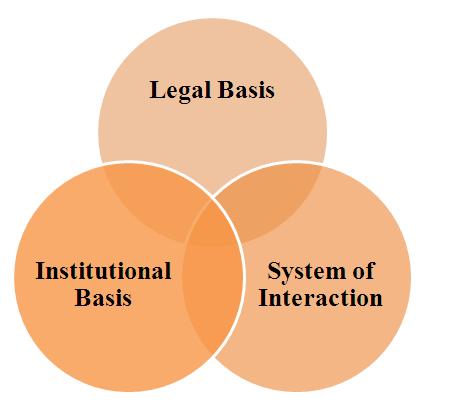
The components of nuclear and radiation safety system in the Republic of Belarus
Legal basis. Taking into account the documents of IAEA, Russian Federation and other countries with advanced atomic power energy, Belarus is creating the national system of legal regulation in the sphere of atomic power use, nuclear and radiation safety. This system has a hierarchical structure which presupposes subordination of the requirements of the documents of a lower level to the corresponding requirements of the documents of the hierarchically higher level (pyramid-shaped structure). For further details see the section "Legislation / System of normative and legal regulation of nuclear and radiation safety."
Institutional basis. The Department for Nuclear and Radiation Safety of the Ministry for Emergency Situations of the Republic of Belarus (Gosatomnadzor) was created in 2007 in accordance with the Decree of the President of the Republic of Belarus of Nov. 12. 2007 №565 “In Relation to Certain Measures Concerning the Construction of the Nuclear Power Station”. Apart from Gosatomnadzor there are other State authorities and organizations involved in ensuring nuclear and radiation safety. Their functions are clearly defined and listed in the current national legislation. For further details, see the section "System of Nuclear and Radiation Safety / Participants of the System".
Interaction system of the participants. Taking into account large number of State authorities and organizations involved in ensuring nuclear and radiation safety, one of the factors determining the efficiency of the work is their interaction, which is developing on the experience of their everyday joint activities. If necessary, the system of interaction is confirmed in corresponding documents. For instance, to ensure nuclear and radiation safety in nuclear power plant construction phase the Council of Ministers approved the Resolution of 30 December 2011 № 1791 "On creation of a work group coordinating the implementation of state control (surveillance) over the construction of the nuclear power plant" since different kinds of control (surveillance) required in the construction of the nuclear power plant are carried out by different State authorities, and the creation of an interagency work group will allow to provede control more effectively.
Back

 Department for Nuclear and Radiation Safety of the Ministry for Emergency Situations of the Republic of Belarus
Department for Nuclear and Radiation Safety of the Ministry for Emergency Situations of the Republic of Belarus




